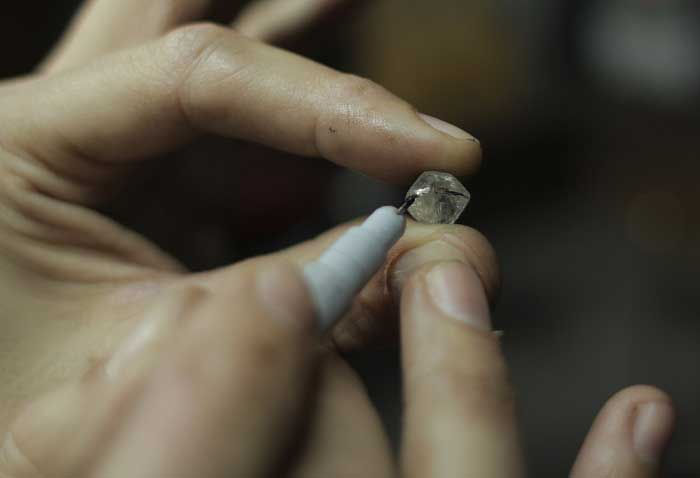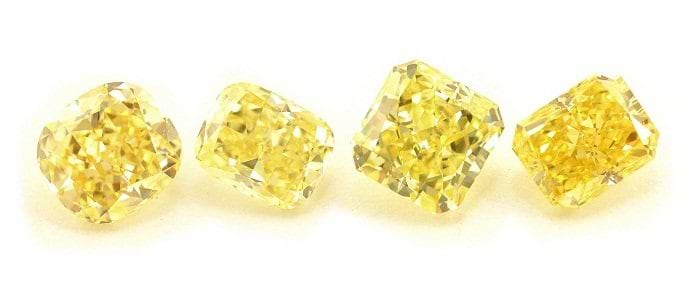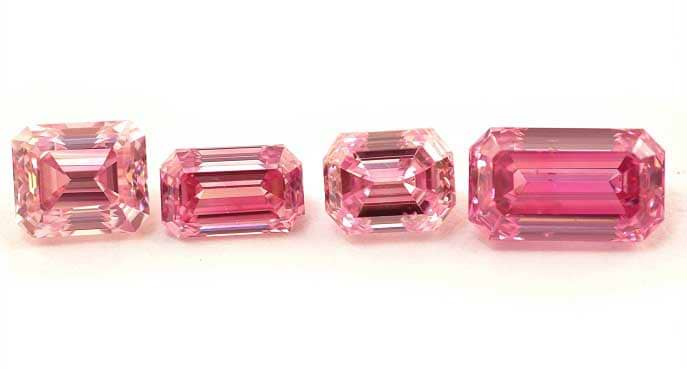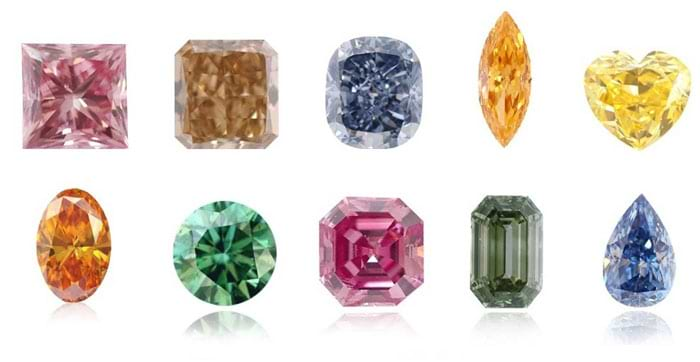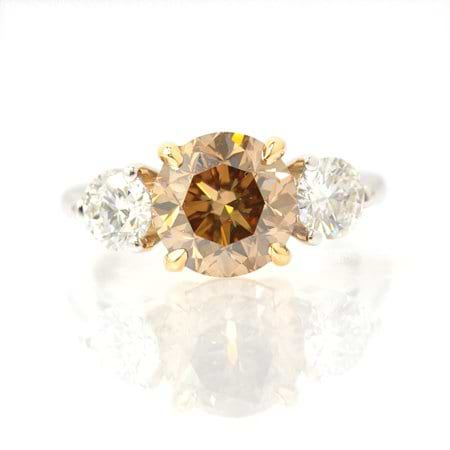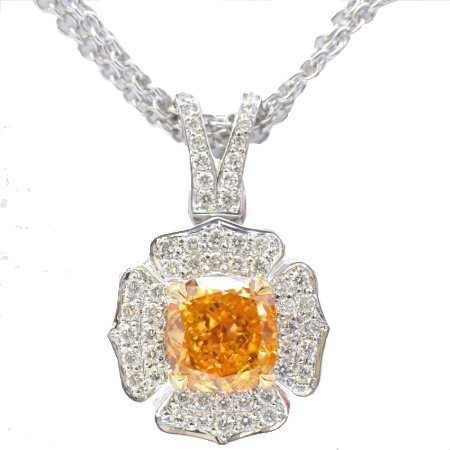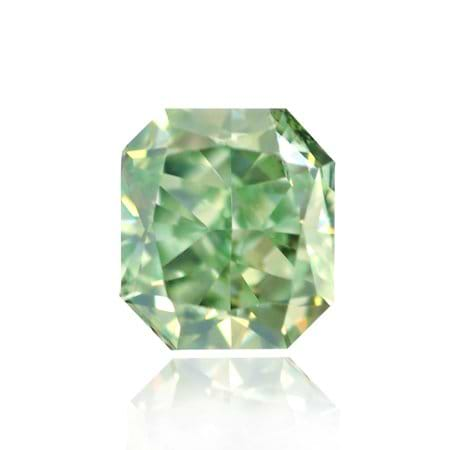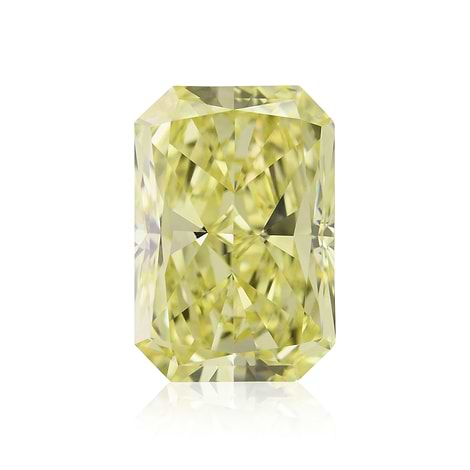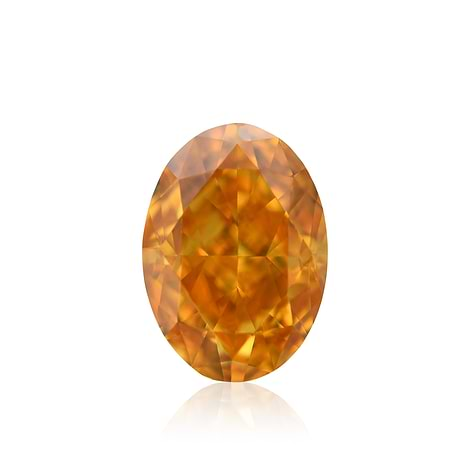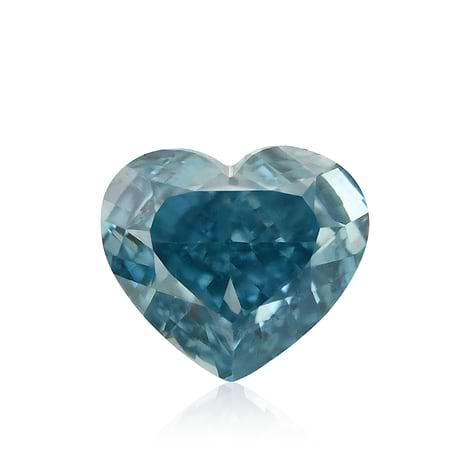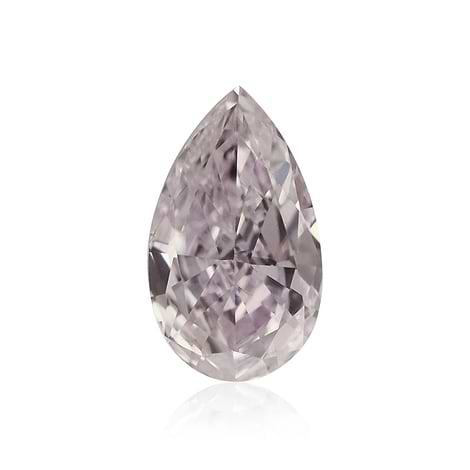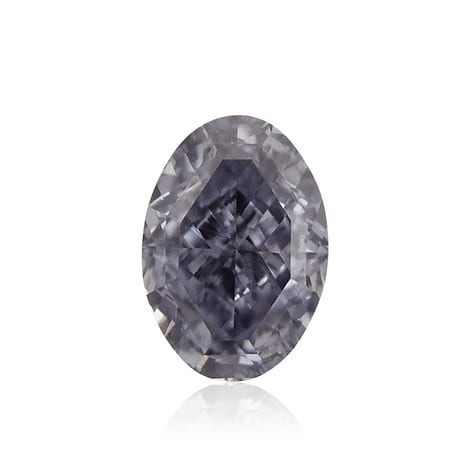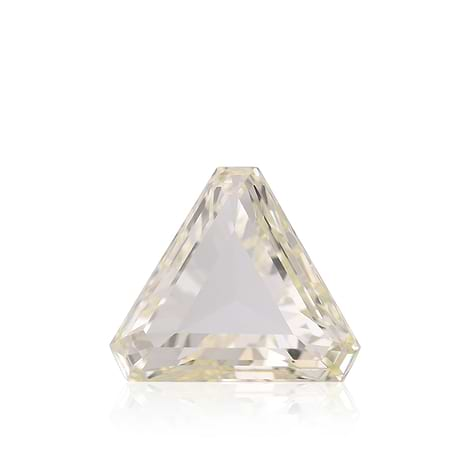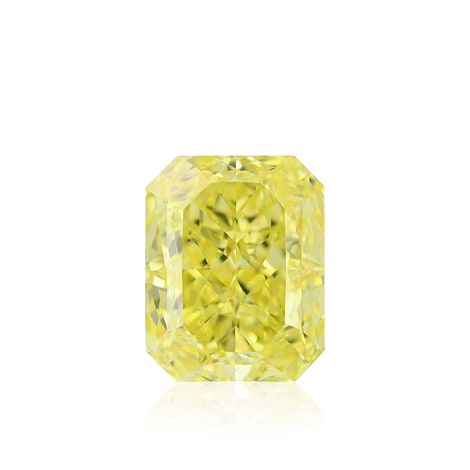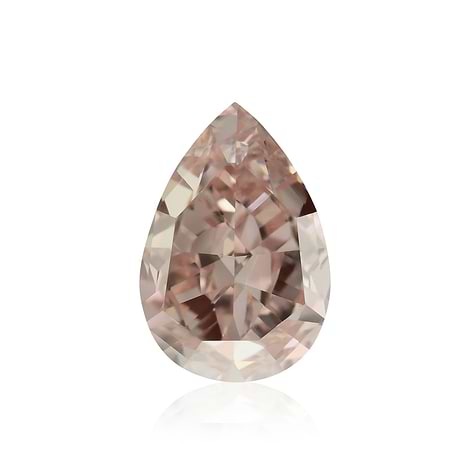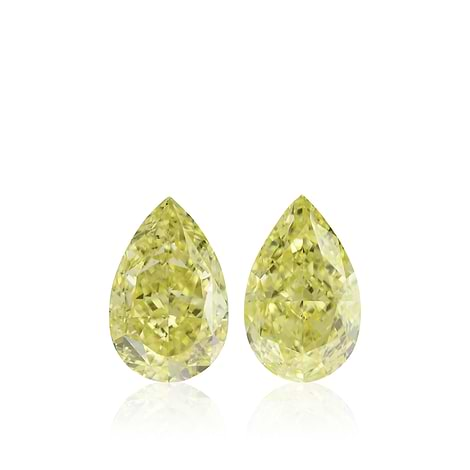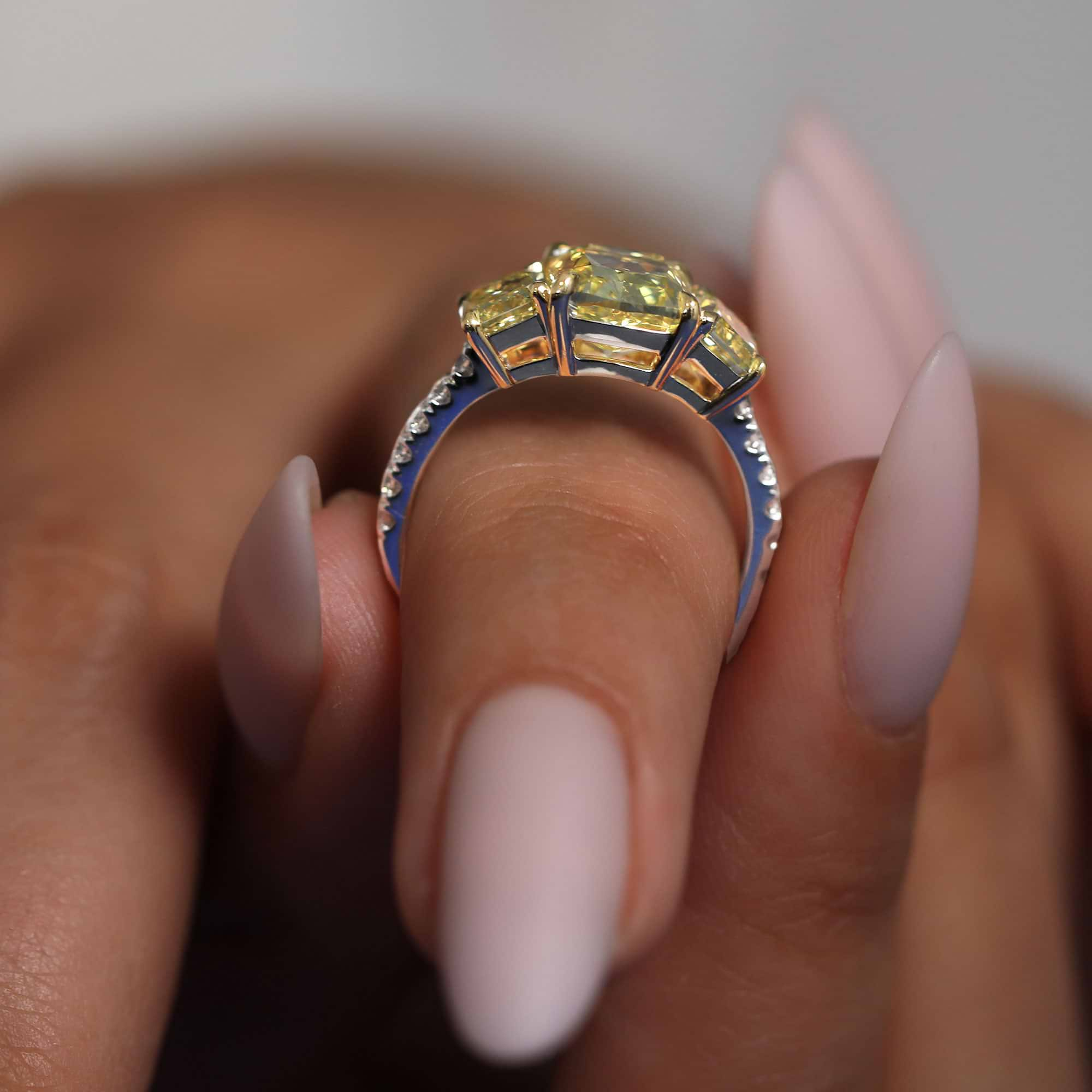People often picture their own ‘perfect stone’ in their head. They extend their hand as if they were wearing a precious ring, or look at a necklace in the mirror as if it contained their dream pendant. Whereas, people are often willing to negotiate with the cut or clarity in order to acquire their dream diamonds, the shape is usually one of the non-negotiable basic requirements.
Click on any of the images below to read more about each of the most common diamond shapes.
 |
 |
 |
 |
 |
Deciding the Shape
First, the diamond rough is categorized into an octahedron or dodecahedron triangular shape. Then the cutter must study the rough and ensure he understands exactly what is going on inside the stone. Once he feels he is familiar with the stone, he can decide the shape he can best accomplish from the rough. Keeping the market value in mind, he can then begin the manufacturing stage towards producing the most valuable stone possible.
|
Diamond cutter marking the rough |
Diamonds can be cut into almost any shape desired. Only, because it isn’t profitable creating something that has no market value, unique diamond shapes are sometimes more difficult to locate. None the less, LEIBISH hold some of the most amazing unique diamond shapes in their inventory.
Learn more about some of the more unique diamond shapes available.
Common Diamond Shapes
The diamond shape refers to the geometrical form of a finished stone. The two main styles used to cut down a stone are 'Round Brilliant' and 'Fancy Shapes.' Today, many variations of the styles have been developed. However, the general idea still remains.
Read more about common diamond shapes.
Which Shapes Should I Choose?
The most common Fancy Shapes used for Fancy Colored Diamonds are Radiant and Cushion. With white diamonds the goal is to concentrate on the light performance and the brilliance or sparkle of the stone. With Fancy Color Diamonds, the goal is to concentrate much more on the color and intensity of the stone.
|
Cushion and Radiant yellow diamonds |
Radiant and Cushion shapes, for example, are known to absorb the light and therefore often grade very well on the GIA intensity scale. They are therefore considered a 'safe bet' when it comes to shaping the stones. In fact, as a result of the facet arrangements in these shapes, imperfections may be less noticeable as well. Other shapes such as Emerald and Princess are a rarer find since it is harder to keep the color in those stones. The color in an Emerald cut can actually seem to sometimes 'fall down' from the stone. However, if the cutter manages to create a Fancy Colored Emerald Cut diamond with a high level of color intensity, the value of the stone will increase considerably.
|
Emerald shape Pink diamonds |
The facets formed in the fancy shaped diamonds are rarely symmetrical. In fact, many of the fancy shapes include elongated and asymmetrical facets. Each of the fancy shapes has their own unique characteristics as can be seen in the descriptions of each below.
Over time many other shapes have been developed and are seen in the market. These less common fancy shapes might be somewhat less popular but their shine is no less mesmerizing.
Choosing a diamond to suit your personality
If you ever take a moment to look around you and pay attention to the people you see, you will realize that each person has their own unique style. Sure, culture, religion, size, age, and height may be important factors, but perhaps the leading reason for one’s style choices is his or her personality. This is as true for color diamonds as it is for shoes, pants, hats, and sunglasses. Let’s take a look at some different personalities and determine which color diamonds and shapes are most suitable for them.
|
Diamonds appear in many different shapes, among them you have Round, Princess, Emerald, Radiant, Cushion, Pear, Heart, Marquise, Oval and Asscher |
Quiet and Reserved:
Just because someone is on the quiet side does not mean they do not want to look good and be glamorous. Diamonds by nature draw attention, but they can be delicate and exude a soft beauty. Some color diamonds give off a similar feeling, but the colors most fitted for such a personality are Light Yellows and Champagne diamonds. Other colors with low color intensity similarly give off the same appearance. Anything too bright will be overly showy for someone who doesn't like being in the spotlight. Radiant and cushion-shaped are known to bring out the color really well with color diamonds, but in this case the round shape, or even pear, would be most suitable given the simplicity of the shapes.
|
2.07 Carat, Fancy Yellowish Brown three stone diamond ring, Round, VS2 |
Bubbly and Outgoing:
People with extremely sociable personalities tend to stand out in more ways than one. A person who likes to work the crowds is not going to choose a subtle diamond, but rather, will go for one with all the stops. This could be an extremely rare Pink diamond, a Fancy Intense or Fancy Vivid Yellow diamond, or an Orange diamond. Color diamonds of pure colors and with high color intensities are hard to come by and can be quite expensive, but the stronger and bolder the color, the more suitable the diamond will be for this sort of personality. In terms of shape, the radiant or cushion shapes are appropriate, but any of the Fancy shapes could work, particularly the heart shape, the emerald shape, and the marquise shape.
|
A 1.06-Carat Fancy Intense Orange Cushion-Shaped Diamond Necklace |
Serious and Introverted:
A serious person generally not only views the world in a serious manner, but himself or herself as well. Therefore, similar to the quiet personality, a serious and introverted individual needs something that screams, “Take me seriously.” This of course can be brought across with a colorless diamond with very high clarity, or possibly, with a stunning White diamond. Alternatively a Champagne color diamond can do the job. This way there is a bit of color thrown in without it being too colorful and possibly “unserious.” Most shapes would do, besides the heart shape of course, but shapes that display the step-cut are probably best.
|
A Fancy White Diamond |
Friendly and Confident:
Unlike the “Bubbly” personality, those who are friendly and confident are sure of themselves, yet in a more limited fashion. Beautiful Green diamonds, whether with a pure color or a number of secondary hues, convey friendliness and confidence. A square or rectangular shape make good matches though cushion and radiant shapes work as well.
|
A Radiant-Shaped Fancy Intense Green Diamond |
One’s jewelry can say a lot about his or her personality. Though there isn’t always a correlation, you can get the most out of a jewel when it is suited properly with your personality. A glove can be sensational, but if it does not fit your hand, what is the point?
Matching your color diamond to your disposition is very similar. In order for it to feel like an extension of you, and not a separate, unrelated item, it must represent who and what you are. The result will speak for itself.
Diamond Shapes and Cuts for Engagement Rings
If you ask the average bride-to-be what is most important to her in terms of the engagement ring, she will most likely say the diamond size and shape. But we all know that how much is shines back is just as important. For those unfamiliar with the world of diamonds, first appearances are what matter most and that, of course, means how big it is, the shape it appears to be, and the brilliance it reflects.

A fancy light yellow kite shaped diamond with a very good/very good cut, set in a beautiful split shank and closed pave setting diamond ring
While both of these factors are extremely important, there are others that contribute to a stunning diamond. For starters, a colorless diamond will not look nearly as impressive as you would like it to if it isn’t cut well. That’s right, the sparkle, brilliance, and shine of a diamond is more connected to the cut than any other characteristic.
Inclusions and flaws can also prevent it from having that shine you are looking for, but that depends entirely where the inclusions are located and what type of inclusions they are. A bad inclusion will often be able to be seen, even with the naked eye, but it might not always affect the overall brilliance of the stone. Different from colorless diamonds, imperfections in a colored diamond (like a green, orange, or violet stone) can be somewhat more difficult to notice and might have less of an effect on the brilliance of the stone. Here is a little information regarding the shape and cut of a diamond, how they are connected, and what to look for.
Read more about The Diamond Cut
The Difference Between Shape and Cut
When people refer to diamonds a pear or a princess, what they really mean is that they have a pear shape or a princess shaped stone. What does that imply? The shape of a diamond is the shape it appears to be, so if it looks round, it has a round shape. If it looks like a heart, it is heart-shaped. Now, while all this is true, each diamond still has a certain cut, and that is what at the end of the day what will impact the diamond’s brilliance most. Diamonds that are cut poorly will receive a low grade and that will bring down its price. The reason is because the facets might not be perfectly aligned and they might not be smooth. The symmetrical and smooth they are, the better the light will reflect off each one. The most popular cuts are step cut, mixed cut, and brilliant cut. Depending on the stone, the cuts are often modified, resulting in a modified step-cut or modified round cut. The round brilliant is the most popular cut for a colorless diamond. It is used less for color diamonds, only because it is somewhat more difficult to maintain the diamond’s color when cut into this shape. Step cut is what the name implies; small little step-like cuts that you would often see contributing to an emerald diamond’s shape as well as to several other shapes. A mixed cut combines the different cutting techniques for a more modern and edgier look. The princess shape is an example of a shape that incorporates the mixed cut.
Read more about The Make of a Diamond
Shapes for Colorless Diamonds
As mentioned previously, the round brilliant shape is the most popular shape for colorless diamonds because it displays the brilliance in the best way possible through its many facets. Other popular shapes include princess, pear, and cushion.
Shapes for Color Diamonds
Unlike colorless diamonds, diamond cutters cut color diamonds into round shapes a lot less often. Instead, they prefer shapes that will enhance the stone’s color such as the radiant and cushion shapes. These fancier shapes are less common among colorless diamonds and yet they are the main go-to shapes in the world of color diamonds.
When selecting a shape for your diamond, make sure it will help enhance your diamond because there is more to the diamond’s shape than you might think. Additionally, don’t be satisfied simply because you have gotten a diamond with your preferred shape. Make certain that the other important factors exist as well. It should have a high-quality cut, high clarity (especially if it is colorless), display a good color, and be a decent size.
How the Cut of the Diamond Affects the Appearance
For the most part, a diamond is a diamond regardless of its specific type. This means that despite the various differences between colorless and color diamonds for example, they are still very much considered genuine diamonds that are valuable and often sought after.

A colorless stone next to a vivid pink and a vivid yellow diamond
Having said that, there are some differences when it comes to determining the most important factors. For instance, within the 4 Cs (cut, color, carat, and clarity) there often seems to be some confusion about what the cut actually means. The polish and symmetry of a diamond, which come under the umbrella of cut is a very important attribute which shouldn't be ignored. A diamond’s cut is the way in which it is cut from a rough stone to a finished and polished product. Now its important to differentiate colorless and fancy colored diamonds in this regard, only because the importance of this attribute is different between the two. Just like color is the main priority for fancy color diamonds, some say that the brilliance (which is the outcome of a good 'cut') is the ultimate goal for a colorless diamond. The cut, which results in a certain level of polish and symmetry, are what ultimately provide the diamond with that highly desired shine. Let us take a look at the structure of a diamond and at where the role of a diamond’s polish and symmetry fits in.
Understanding a Diamond’s Structure
Diamonds are loved for their irresistible shine and luster. But what causes this? The unusual and distinct structure of a diamond is what allows such a unique shine to form. Diamonds have an atomic tetrahedral structure, which enables light to be reflected off of each atom. In order for this to occur in the best way possible, the structure needs to be exceptionally accurate, from the neatness and flawlessness of the polished facets to their symmetry. Misaligned facets can result in light reflected in the wrong direction.
Polish and Symmetry Grades
Both the polish and the symmetry of a diamond are graded from Excellent to Poor. An Excellent polish is one without any scratches or marks. Excellent symmetry consists of facets that have been aligned as accurately as possible and thereby allow light to reflect in different directions for a complete and total sparkle.

Louping a diamond
Different Cuts for Colorless and Color Diamonds
As mentioned earlier, when it comes to certain aspects, there are differences between colorless and color diamonds. The main differentiation is that colorless diamonds embody and aspire to achieve the complete lack of color whereas color diamonds are all about preserving and displaying as much color as possible. This not only elevates the importance of color for color diamonds, but also affects the way each type of diamond needs to be cut. In order for a colorless diamond to reach its fullest potential by showcasing as much brilliance as possible, light must be able to enter and exit the stone as quickly as possible. In order for this to happen, the facets must be cut in a certain way. With color diamonds, it is quite the opposite. The stones need to be cut in a way that prevents the light from reflecting off of the facets for as long as possible in order to enhance the diamond’s color. There are differences in the polish as well that are not apparent to the eye but affect the look of the diamond as a whole. Both colorless and color diamonds sparkle and shine, they just do so in different ways using light to highlight their best features.
Diamonds are all graded based on the color, cut, clarity, and carat, all of which are important. A diamond that excels in all of these departments will cost quite a bundle. That is why it is up to the buyer to decide which aspects are more important and based on that can go about looking for the perfect stone. If it’s all about the sparkle, you will want to make sure you are getting a diamond with the highest polish and symmetry grades possible.





